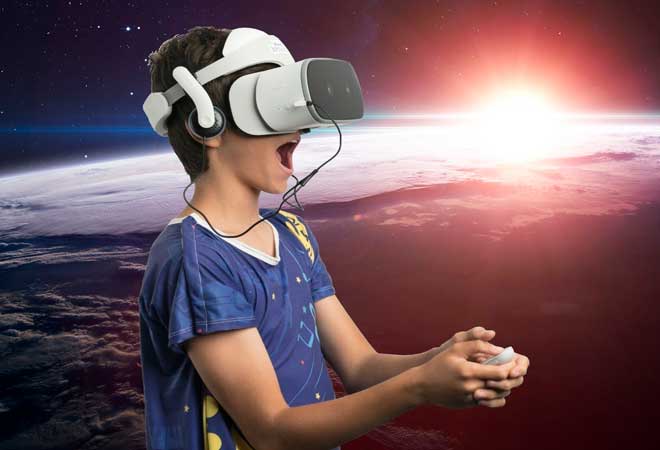
These are the monsters that will help you leap into VR.
With new AR and VR technologies, companies have unique opportunities to expand and enhance their skills. One advantage is that they allow your customers to experience your products and services. In certain areas, such as industry, healthcare, defense, and utilities, virtual reality can be used advantageously for in-house training in a virtual 3D environment to minimize training costs and reduce possible risks and liability.

Artificial Intelligence (AI) is the ability of machines to simulate intelligence and mimic human cognitive skills. That is, to collect and adapt external data, and from that data learn to make decisions and draw conclusions as a human could. The concept of artificial intelligence is inextricably linked to several terms:
Big data: AI needs enormous amounts of data to learn and evolve. Machine learning, or machine learning, is a subfield of AI that trains machines to perform tasks independently based on the data they receive, rather than simply acting on instructions.

With virtual reality glasses, you can feel as if you are present during a game or a movie. You can use them to detach yourself from the world around you and take a 3D journey. They are pretty lightweight, and their average weight is 300 grams. They have elastic straps to soften the strain on your head and neck, but prolonged wear hurts your neck muscles, puts pressure on the bridge of your nose, and strains your eyes. The body is made of plastic or cardboard, and the inside is fabric or rubber. Have a screen for one or two eyes (in this case, a partition between them). For image mobility, a gyroscope or other motion sensors record the movements of the user function.

To become comparable to human intelligence, full AI must be able to transfer lessons learned from one domain to another, have common sense, cooperate with other machines or humans, and have self-awareness. Experts have different opinions about when humanity will create full AI: predictions range from 2030 to 2050. Many companies are developing artificial intelligence similar to human intelligence, but Open AI, Google Brain, DeepMind, and Facebook A.I. Research are leading the way.

Do you want to feel everything in VR games? The OWO Tactile Vest presented at CES 2022 will do just that. At CES 2022, there were a lot of unique gaming products, such as the CyberPowerPC breathable computer case and several companies that introduced new accessories that can enhance the virtual reality experience. One of them is the OWO Haptic Vest, which will allow you to feel pain from a bee sting to a bullet wound.

Self-learning can create a meta-universe and perhaps even human-level AI. It is believed that the next AI revolution will come when AI systems lose the need for supervised learning. They will no longer rely on precisely mapped data to provide reliable information to gain insight into the world and complete tasks. AI systems should be able to learn from humans with minimal human involvement. Supervised learning works well in relatively delineated domains for which many labeled data can be obtained. The raw data obtained during deployment is different from that used during training. Collecting large amounts of labeled data that are not biased to some degree is quite tricky.